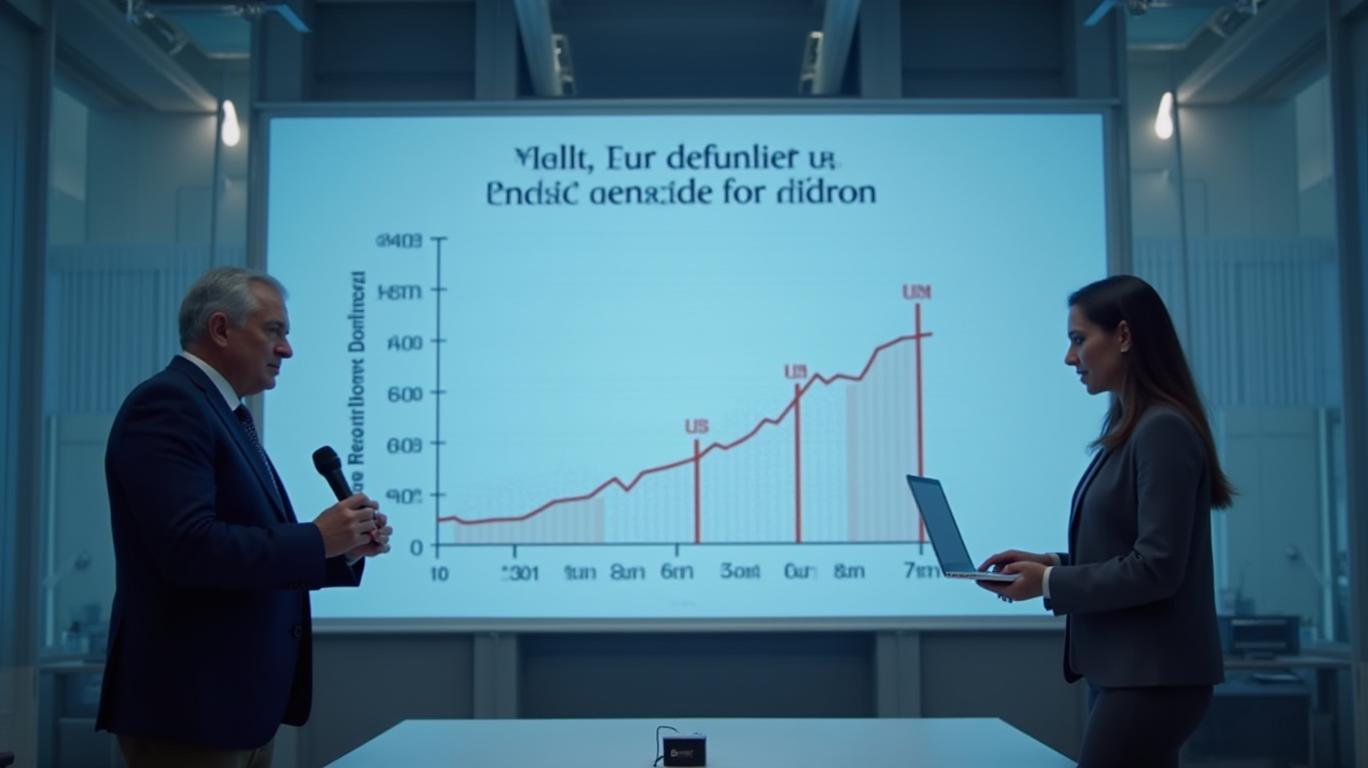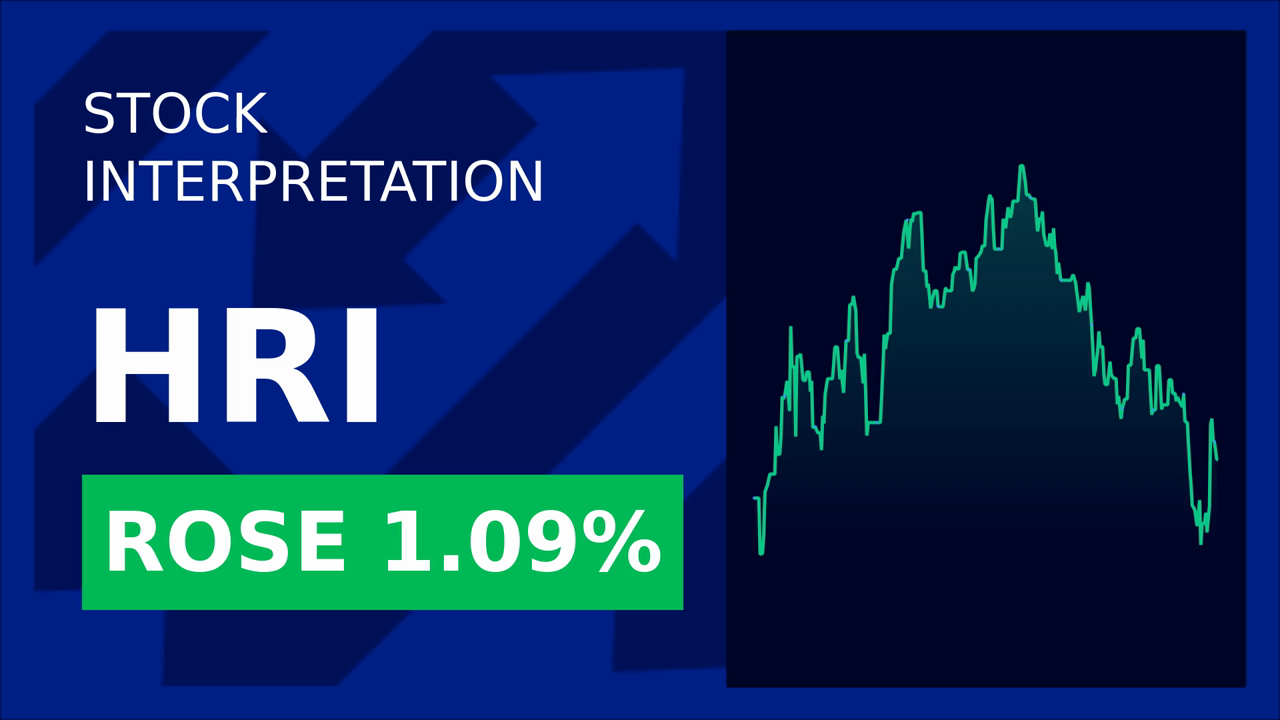Herc Q1 Shows Resilient Revenue Growth Amid Earnings Headwinds
Herc Holdings Inc. (NYSE: HRI) delivered a mixed set of results for the first quarter of 2025, with revenue growth outpacing expectations but adjusted earnings falling short due to one-time costs tied to its abandoned acquisition of H&E Equipment Services. While the company reaffirmed its full-year guidance, investors must weigh the resilience of its core rental business against margin pressures and macroeconomic risks.
Ask Aime: What impact will the mixed Q1 2025 results of Herc Holdings Inc. have on its stock price and overall market perception?
Revenue Growth Defies Headwinds
Total revenue for Q1 2025 rose 7% year-over-year to $861 million, exceeding analysts’ estimates of $847.7 million. This growth was driven by record equipment rental revenue of $739 million, up 3% from the prior year, fueled by large-scale projects such as data centers, manufacturing facilities, and LNG infrastructure.  . National accounts, particularly those tied to federal and private construction projects, proved to be a key driver, offsetting softer demand in local markets.
. National accounts, particularly those tied to federal and private construction projects, proved to be a key driver, offsetting softer demand in local markets.
However, the net loss of $18 million (or $0.63 per share) marked a stark contrast to the prior-year’s profit of $65 million. The loss stemmed primarily from $64 million in termination fees related to the abandoned H&E acquisition, which included costs to break a lease agreement with United Rentals. Adjusted EPS of $1.30 fell far below expectations of $2.24, though this metric excluded the one-time charges.
Margin Pressure and Utilization Challenges
While revenue grew, Herc’s profitability faced headwinds. Adjusted EBITDA remained flat at $339 million compared to Q1 2024, with margins contracting to 39.4% from 42.2%, reflecting cost pressures and weaker demand in interest-rate-sensitive sectors. Dollar utilization rates—a key metric tracking equipment demand—dropped to 37.6% from 39.7%, signaling softer demand in local markets where projects are sensitive to borrowing costs.
The divergence in economic trends highlighted by CEO Larry Silber underscores the complexity of Herc’s operating environment: “We’re seeing strong growth in national infrastructure projects, but local markets remain stagnant due to delayed interest-sensitive investments,” he noted. This duality has forced Herc to focus on high-margin, large-scale projects while managing costs in less robust segments.
Strategic Moves and Financial Health
Despite the net loss, Herc maintained its full-year 2025 guidance, projecting equipment rental revenue growth of 4-6% (excluding its Cinelease studio entertainment business, now slated for sale). Adjusted EBITDA is expected to range between $1.575 billion and $1.65 billion, supported by disciplined capital management. As of March 31, the company carried $4.0 billion in net debt with a 2.5x leverage ratio, while liquidity stood at $1.9 billion, indicating manageable financial leverage.
A 5% dividend increase to $0.70 per share further signals confidence in the company’s cash flow stability, even as it navigates headwinds. The sale of Cinelease, which contributed 2% to 3% of 2024 revenue, will streamline operations and free resources for core equipment rental activities.
What Does This Mean for Investors?
Herc’s Q1 results paint a picture of a company balancing growth opportunities with execution risks. On one hand, its equipment rental division’s record revenue and reaffirmed guidance suggest a solid foundation in high-demand sectors like infrastructure. The dividend hike and strong liquidity further reinforce its financial discipline.
On the other hand, margin contraction and declining utilization rates highlight vulnerabilities to broader economic cycles. With the Federal Reserve’s interest rate path uncertain and regional construction markets lagging, Herc’s ability to sustain growth hinges on its ability to scale national projects while controlling costs.
Conclusion: A Stock to Monitor, Not Rush Into
Herc’s Q1 results underscore its dual identity: a well-positioned player in critical infrastructure projects but one exposed to macroeconomic volatility. The 7% revenue growth and maintained guidance suggest underlying strength, yet the adjusted EBITDA margin decline and $64 million one-time charge remind investors of operational risks.
With a 2.5x leverage ratio and $1.9 billion in liquidity, Herc has the financial flexibility to weather near-term challenges. However, the stock’s performance will depend on whether utilization rates stabilize and whether the Cinelease sale proceeds bolster its balance sheet. For now, the company’s focus on high-margin national projects and disciplined capital allocation provide a cautious bullish case. Investors should monitor dollar utilization trends and EBITDA margins in upcoming quarters to gauge whether Herc can sustain its growth narrative.
In a sector where equipment rental demand often mirrors broader economic health, Herc’s resilience in Q1 offers hope—but the path to outperformance remains littered with macroeconomic potholes.


_cbf77e8c1748017079428.jpeg)






